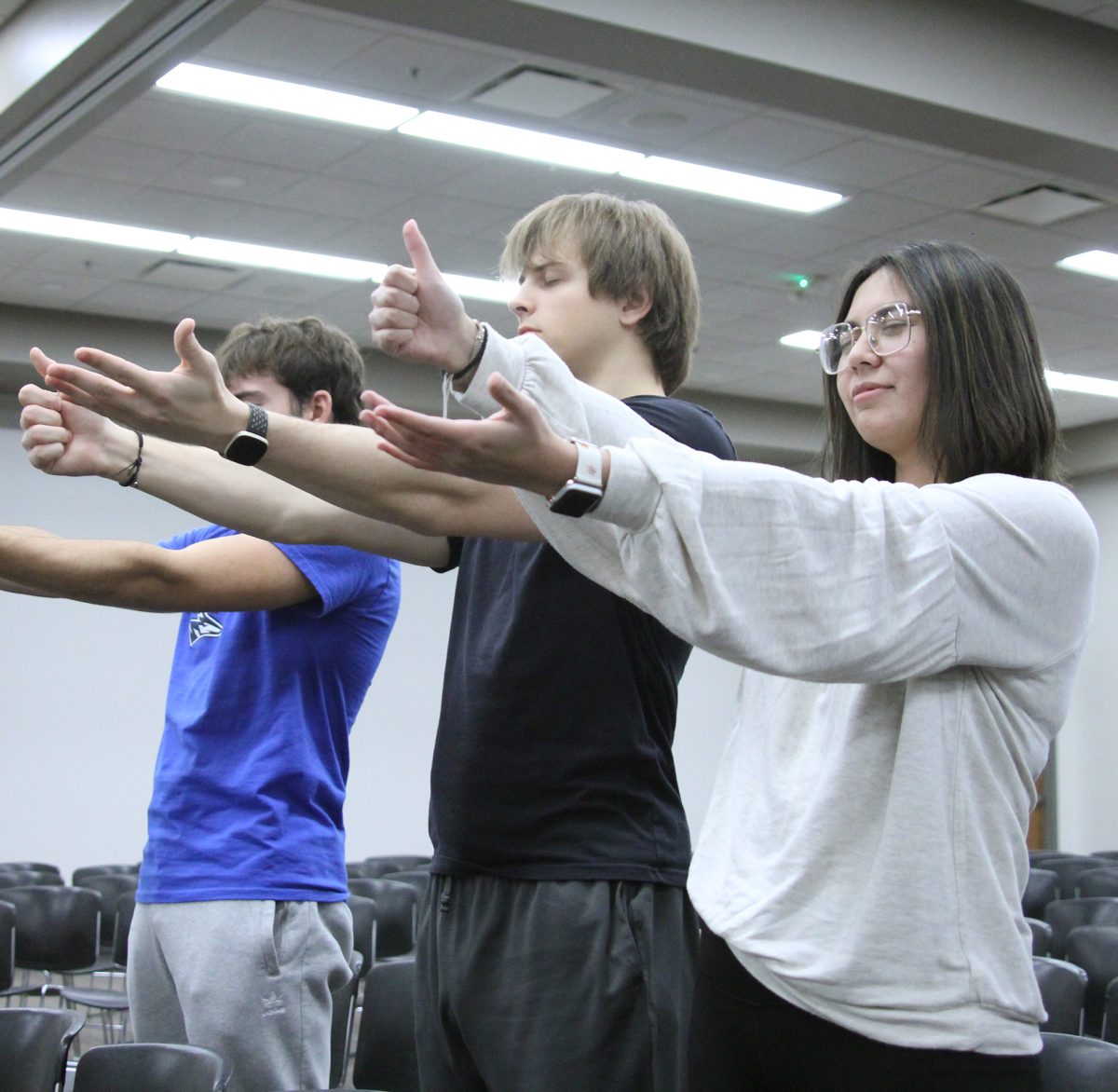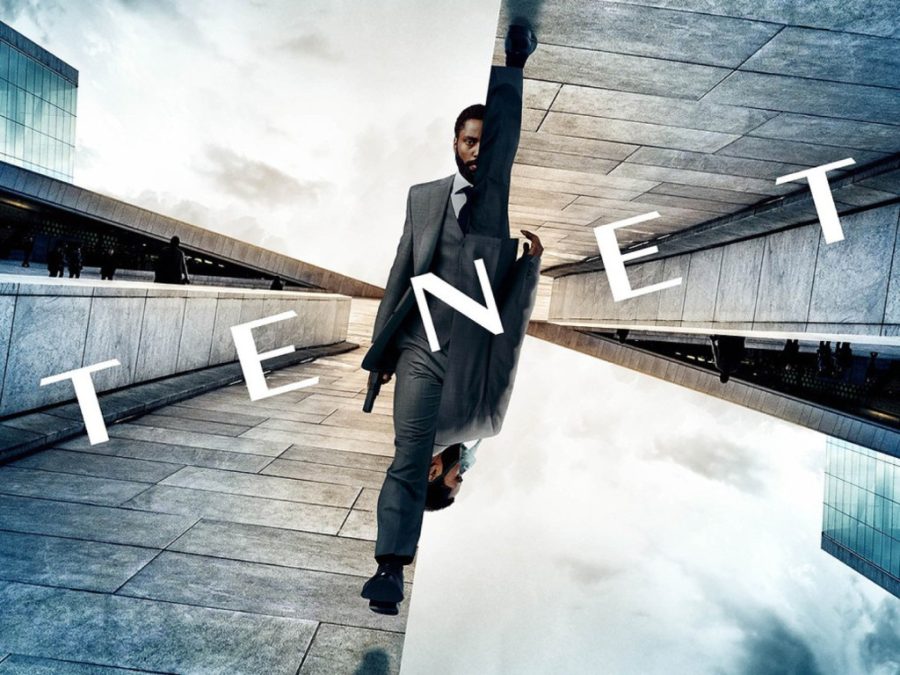tetena@lopers.unk.edu
It felt good to be able to sit back down in a theater for the first time in seemingly forever. Arriving 20 minutes before the start of the feature presentation, I grabbed some popcorn and entered the (almost) empty theater.
Finally, the lights dimmed, and the movie started.
“Tenet” started out immediately with action, with the main lead, “The Protagonist,”played by John David Washington, acted as a special-operative agent who finds himself questioning the concepts of reality after learning about the film’s main premise. Joined by another operative, Niel (Robert Pattinson), The Protagonist had to stop total world devastation arriving from the past, sent by the future.
Christopher Nolan, known by many as one of the greatest directors of this generation, took a completely original and fascinating route in “Tenet.” Nolan set up the idea that there are items, and even people, that react as if they were sent from the future. In one of the fight scenes, for example, bullet holes appeared on a shattered glass panel shortly before The Protagonist engaged in a shootout. As it progresses, the holes disappear as the other person seemingly shoots in reverse.
This concept of a reverse world occurring at the same time as a normal one makes Tenet hard to follow at first. The first hour throws a lot of new concepts at the viewer at once, so trying to understand the reverse and normal flows of time at once can be daunting.
That being said, Nolan’s twist makes the film an absolute joy to watch, especially all of the fight scenes. Watching actors behave like they are moving in reverse while simultaneously having actors behave untouched by the effect is an incredible feat that happens several times during the 150-minute runtime.
As expected from a director like Christopher Nolan, the cinematography is gorgeous and the colors pop in scenes where they are needed. The score backs the film well and helps set the tension and the importance of several scenes.
That being said, however, there is one major issue “Tenet” suffers from: sound design.
Nolan has become infamous for using booming sounds and sweeping scores for his movies, but in the case of “Tenet,” maybe he should have turned down the music a bit. Very frequently the actors are drowned out by the background, making it even more difficult to understand what is happening in the film.
“Tenet” is an exceptional film, directed and meticulously shot for one fast-paced, action-packed, time-bending ride. While there is still hesitation to go out to theaters during the pandemic, I can safely say “Tenet” was well-worth the trek.
Like most Nolan films, I would recommend watching “Tenet” again after the first viewing. Overall, it was a fantastic film that was worth waiting for the indefinite delay by Warner Studios.
































